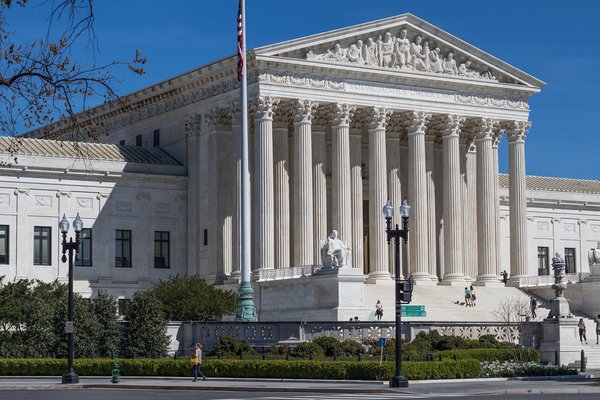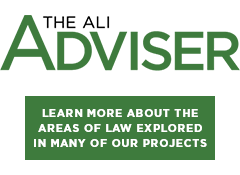U.S. Supreme Court Cites Property 3d and Torts 2d

Chief Justice John G. Roberts, writing for the majority, cites the Restatement Second of Torts §§ 196, 197, 204, and 205.
In Cedar Point Nursery v. Hassid, No. 20-107 (June 23, 2021), agricultural employers filed a motion for preliminary injunction against agricultural labor-union organizers, alleging that a California labor statute, which granted union organizers the right to access employers’ property for limited periods of time and during limited parts of the year to speak with employees and solicit their support for union activities, appropriated without compensation an easement on plaintiffs’ property and therefore constituted an unconstitutional per se physical taking under the Fifth and Fourteenth Amendments.
The district court denied plaintiffs’ motion for a preliminary injunction and dismissed the complaint, reasoning that the California regulation did not constitute a per se physical taking, because it did not allow the public to access plaintiffs’ property in a permanent and continuous manner for whatever reason. The Court of Appeals for the Ninth Circuit affirmed, concluding that the access regulation did not constitute a physical taking for the purpose of the Fifth and Fourteenth Amendments, because it did not impose permanent physical invasions or deprive plaintiffs of all economically-beneficial use of their property.
In a majority opinion delivered by Chief Justice John Roberts, the Supreme Court reversed and remanded, holding that the access regulation constituted a per se physical taking, because it appropriated plaintiffs’ traditional right as owners of property to exclude. The court reasoned, in part, that defining “physical taking” to include access regulations would not endanger state and federal government activities involving entering into property, such as health and safety inspections, because such activities were consistent with longstanding background restrictions on property rights, including traditional common-law privileges to access private property, and were not physical takings. The court relied on Restatement Second of Torts §§ 196, 197, 204, and 205 in illustrating examples of common-law privileges that did not constitute physical takings, such as entries onto property to avert imminent public disaster or to avert serious harm to persons, land, or chattels, and entry onto property to effect an arrest or to enforce criminal law under certain circumstances.
Associate Justice Stephen Breyer wrote a dissenting opinion in which he argued that the majority mischaracterized the access regulation as a per se physical taking when it was better described as a regulation of plaintiffs’ property rights that could only constitute a taking under the Fifth and Fourteenth amendments if it went “too far.” Justice Breyer pointed out that the California regulation did not directly appropriate plaintiffs’ private property for its own use, or cause permanent physical occupation of private property, because it only provided temporary and limited access onto plaintiffs’ property for specific union-related purposes. Citing the Restatement Third of Property: Servitudes § 1.2(3), Justice Breyer explained that the regulation did not provide defendants with a formal easement or access resembling an easement in a manner that constituted a taking, because an easement under § 1.2(3) required imposing a burden on a particular parcel of property, whereas the regulation permitted defendants to access any property owned by agricultural employers.
